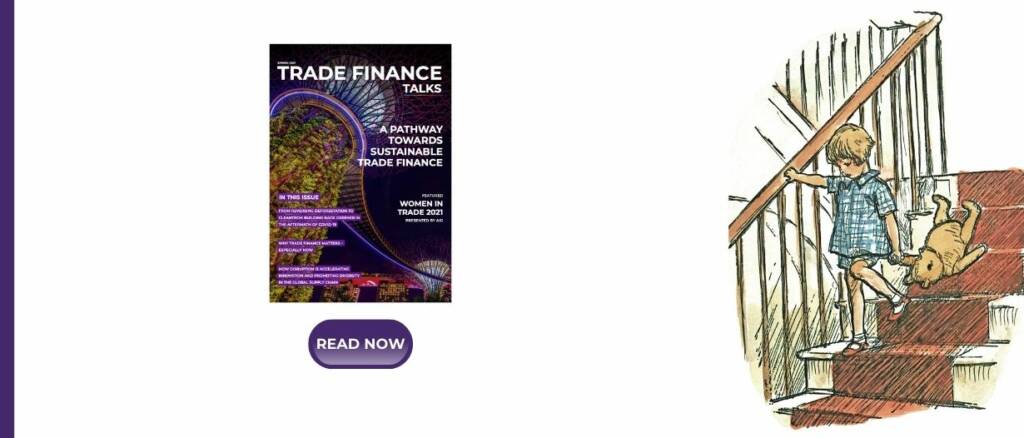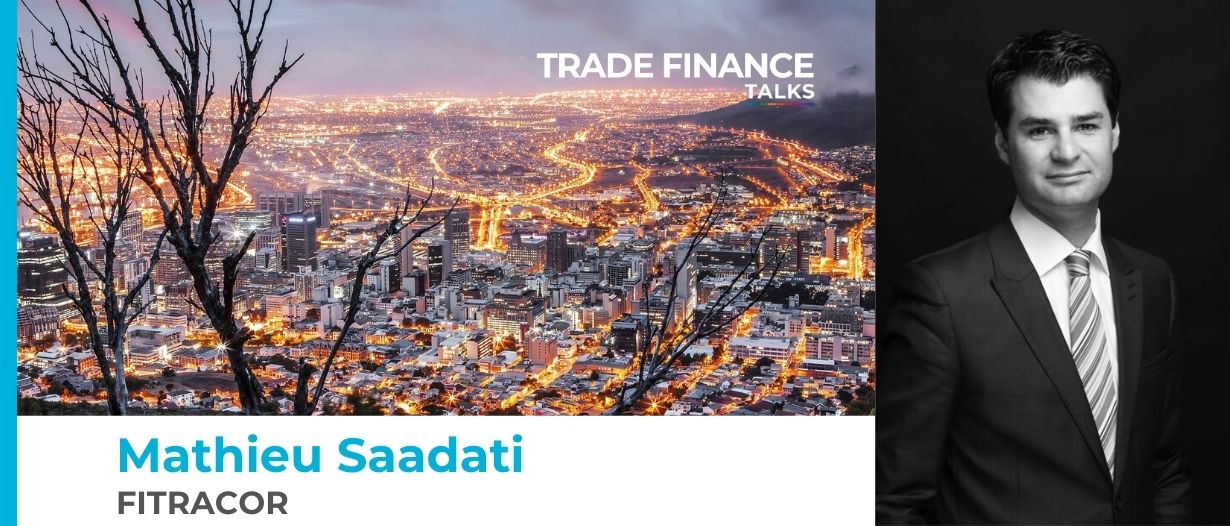African trade finance literature is often trusted by SMEs and usually omits domestic financial institutional challenges, especially in the Francophone markets. Lucas Franck, CEO of Ascent Capital, said last year: “the main barrier to investing in SMEs is the lack of reliable data, whether it’s company financial indicators or market data” in other words: low ticket size, informal practice and insufficient governance.
These conclusions often apply to financial institutions, which leads to reduced access to trade finance products, particularly “vanilla” trade value settlements (letters of credit and open account). Putting large banks aside, domestic players face even more constraints (i) a lack of in-depth knowledge from their existing financing partners (ii) reduced recourse to external advisory and bespoke tailor-made financing for their client base, which in turn, would increase their trade assets and optimise their consumption of fixed capital.
The increasing role of intermediaries, funds and DFIs partially aims to fulfill the gap left by sub-Saharan African financial institutions. In recent years, and perhaps more than ever, the digitalisation and move towards outsourcing for debt, hase become a significant part of the African financing ecosystem. Lack of financial capacity, long-term resources, adequate client data and letter of credit confirmation, are among the top reasons why regional financial institutions only focus on their largest importer/exporter clients. How much value could be achieved if trade loans, and risk mitigation solutions were extended market practices? Indeed, the run-of-the-mill products in commodity and trade finance still remain scarce resources for francophone financial institutions regardless of the size of the bank.In other words: we should stop focusing on big ticket wins, and look at the longer tail transactions which can help SMEs.

Deficit of industry know-how capacity
Generally speaking, trade financing in West African financial institutions focuses on LC confirmation, with international service providers few and far between. Many of those finance their trade-related assets through traditional trade lending schemes without having considered and/or been granted alternatives. Hence, the domestic risk approach does not always take into consideration the full trade cycle and all the benefits designated financing would provide.
One of the consequences is the increased use of balance-sheet lending. As an example/case study, a Tier 2 bank in the UMOA zone, is partially financing a commodity exporter on an open account basis. A bespoke trade advance facility structure for the purposes of onlending to export-related commodities was not considered, despite volumes being eligible for such a structure. On top of new money, this would have allowed the bank to benefit from a 20 percent risk weighted assets vs a range between 50-100 percent through direct lending. Increased RWA consumption leads to less credit capacity leading to a steady trade finance gap.
On the other hand, some tier 1 pan-African groups enjoy significant limits – sometimes not fully utilised. However, whenever international support is provided, it relates to the set-up of an Irrevocable Reimbursement Undertaking (IRU) issued by the HQ serving their smaller subsidiaries. Obviously, some country and credit risk remains high while such a structure helps address some of the on-the-ground trade requirements. The drawback, however, is to leave the financier sticking to the headquarter balance-sheet and losing some opportunities through missing some of the trade finance market knowledge.
ITFA recently highlighted a plausible alternative: the structured LC. This remains an unexplored territory and could bring tremendous value for banks.
Such conclusions also apply to vanilla products such as trade loans and LC refinancing. Based on our experience, many tier 2 banks in west Africa do not benefit from post-financing while their clients’ trade cycle often require several months of funding post-delivery. The FC stress does not fully explain such a shortage. Indeed, several international players put in the same risk approach the LC confirmation and the refinancing as long as the full trade cycle does not exceed the 1Y basket. On the other hand, some DFIs may provide longer resources but often lack the trade finance knowledge which makes such cash use more expensive and eventually dealbreaker. Still a lack of quality information rather than a credit-risk concern.
Macro and micro governance requirements
FCI, along with Afreximbank, claims that one of the key elements to succeed in factoring in Africa are the expertise and promotion. Mauritius, Tunisia, Morocco, Egypt and South Africa put aside, Senegal remains an exception in the French-speaking region through the likes of BNDE or SENFAC, paving the way to make the product widely eligible for funds and banks. We believe such a requirement also applies to trade finance overall and must occur both at a regulatory and bank levels: (i) governance rules improvement (compliance, internal procedures, IT, reports) and perhaps more importantly the promotion of adequate structuring, such as the Afrexim Trade Finance Intermediaries (TFIs) programme. The set-up of further innovative solutions shall be backed by joint efforts of international banks, DFIs, boutiques, insurers, and brokers.
Among those, the risk mitigation just like factoring sadly almost does not exist today. For example, the Central Bank of West African Countries has set for commercial banks a RWA minimum threshold of 20% whenever an “insurance” cover is demonstrated. This, however, does not take into account the insurer’s credit rating, nor does it promote the secondary market recourse by imposing a heavy 50 percent RWA on banking partners rated from A+ to A-. From a culture perspective, there might be a reluctance to let a client eventually slip through their hands and the prospect of making less money should they pursue risk-sharing agreements with peers. It’s a glass half-empty rather than half-full approach; however, remains a positive first step to be fine-tuned.
We are regularly being asked whether the concern about derisking in Africa relates to the balance-sheet size of banks. In such a case, size does not matter. There would be reduced bottlenecks should some small and mid-sized banks merge but that would not address the mandatory governance improvement to reassure their correspondent banks and financiers and the need-to-know requirements. As recently heard by a reputable Head of financial investment of an African-active banking player, the solution comes from the quality information and sharing (ndlr between international lenders, domestic FIs and regulators). Still a work-in-progress.
Read our latest issue of Trade Finance Talks, Spring 2021, here

 Australia
Australia Hong Kong
Hong Kong Japan
Japan Singapore
Singapore United Arab Emirates
United Arab Emirates United States
United States France
France Germany
Germany Ireland
Ireland Netherlands
Netherlands United Kingdom
United Kingdom













Comments are closed.